France
Arles – Provence
Arles lies on the Rhône River with access to the Mediterranean Sea. Its strategic position attracted the Ligurians who settled there in 800BC, followed by the Gauls, the Phoenicians, and the Romans who conquered it in 123 B.C.
During the 4th and 5th centuries, Roman Emperors used Arles as their headquarters during military campaigns. It became a favorite city of Emperor Constantine I, who built Roman baths, the remains of which can still be seen today. During the late Roman Empire, Arles became renowned as a cultural and religious center.
Plan on spending some time wandering through the Roman ruins. The amphitheater and theater are both still very much part of cultural life in Arles, providing magical settings for concert and theater performances.
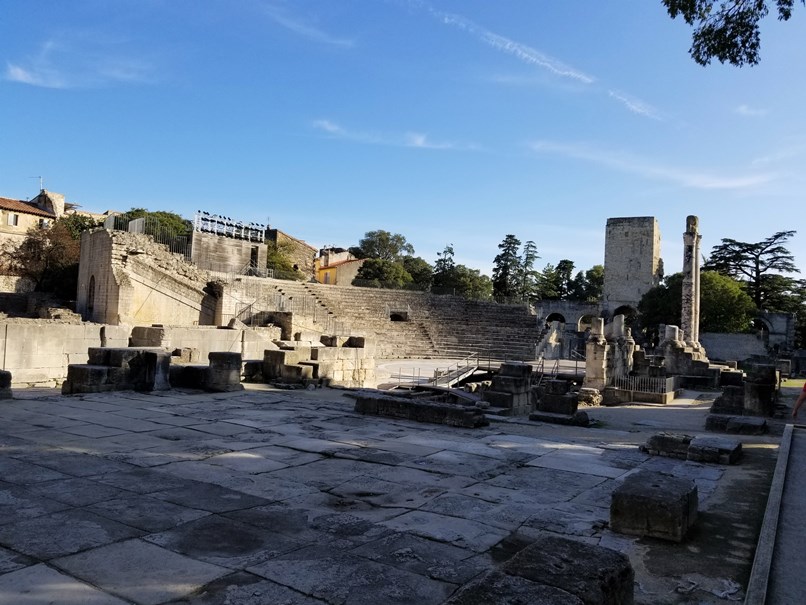

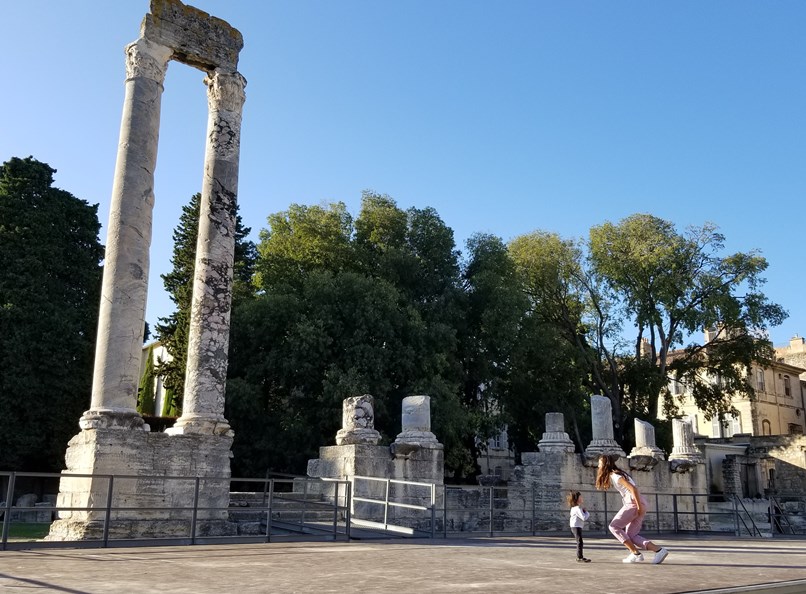
Place de la Republique, the expansive main square of Old Town Arles, is flanked by several places of interest: Hotel de Ville (City Hall); the church of St. Trophime; Saint Anne’s chapel; and the Obelisque d’Arles. It’s a natural starting point for your exploration of the Old Town.

Explore the narrow streets where town-houses are topped with textured, aged, red tiles; facades are splattered with colored shutters; and intimate restaurants, cafes, and boutique hotels choc-full of charm snuggle side by side on the cobbled alleys.
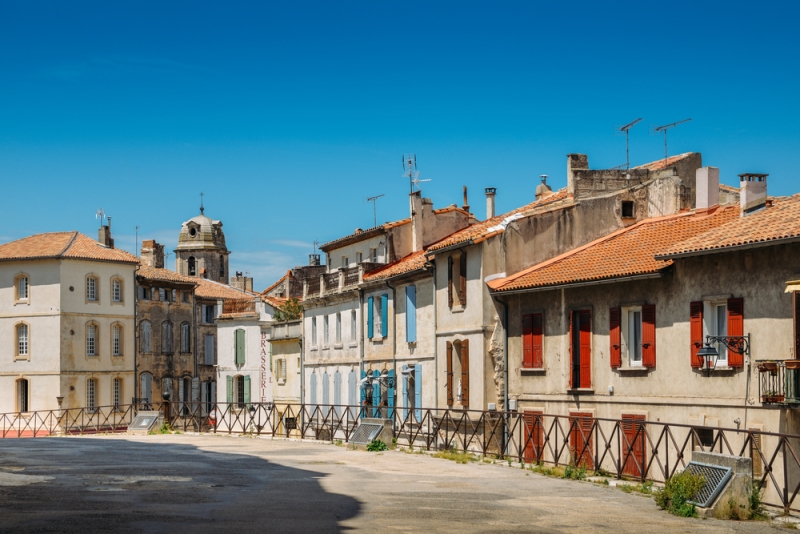
Make your way to Place de Forum where the Roman Forum once stood. All that remains today is the temple portico, which has been artfully incorporated into the façade of Hótel Nord-Pinus.
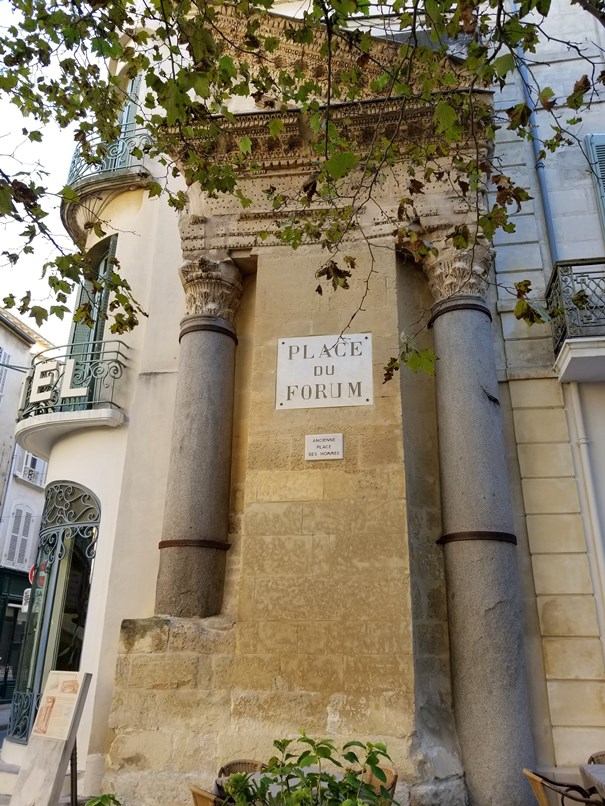
Today, the main attraction of Place de Forum is Cafe Van Gogh. Originally called Café Terrace, it was the subject of the world-famous Van Gogh painting, Le Café de Nuit (Night Café), painted at night in brilliant shades of yellow set against a blue-black background with a violet-blue sky and doorway in the foreground. During the time that Van Gogh lived in Arles with his friend and fellow artist Gauguin, he produced several night paintings: Among them, Starry Night (the most reproduced of all Van Gogh’s paintings), The Night Café, and Cypress and Starry Sky. In his diaries, Van Gogh wrote, “The night is more alive and richly colored than the day.”
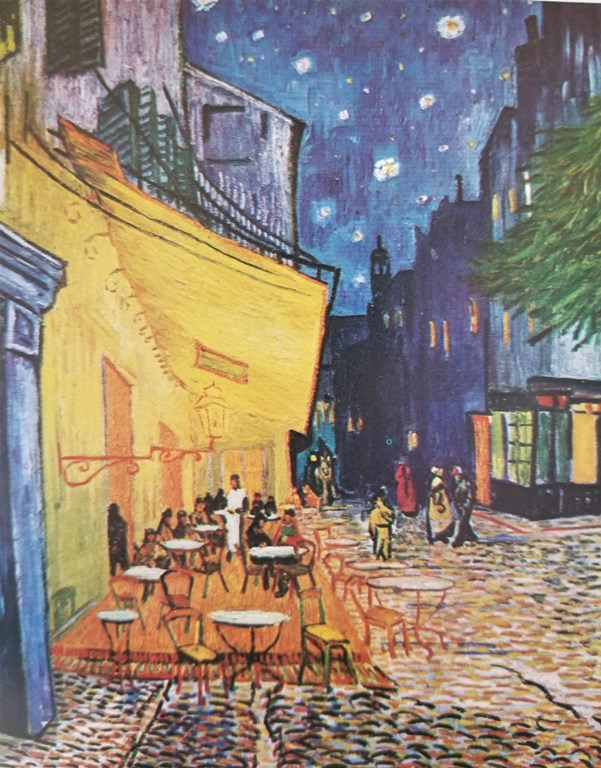
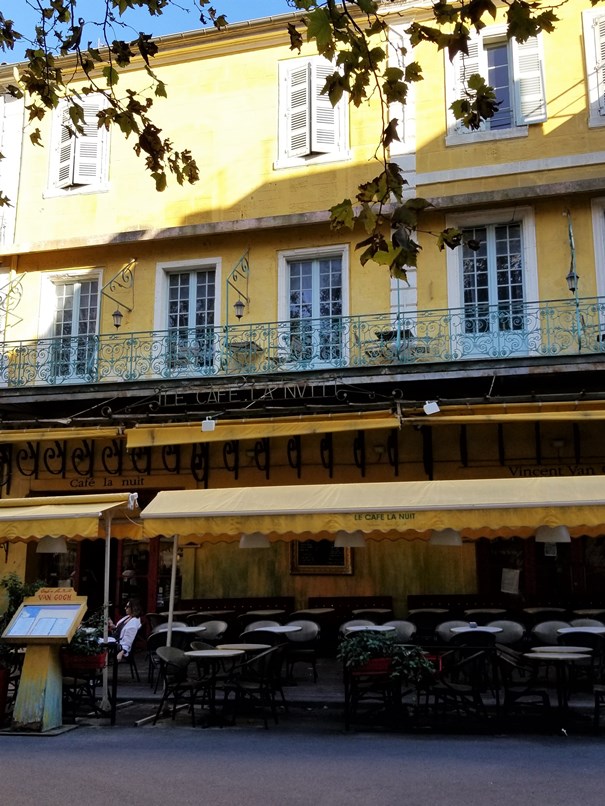
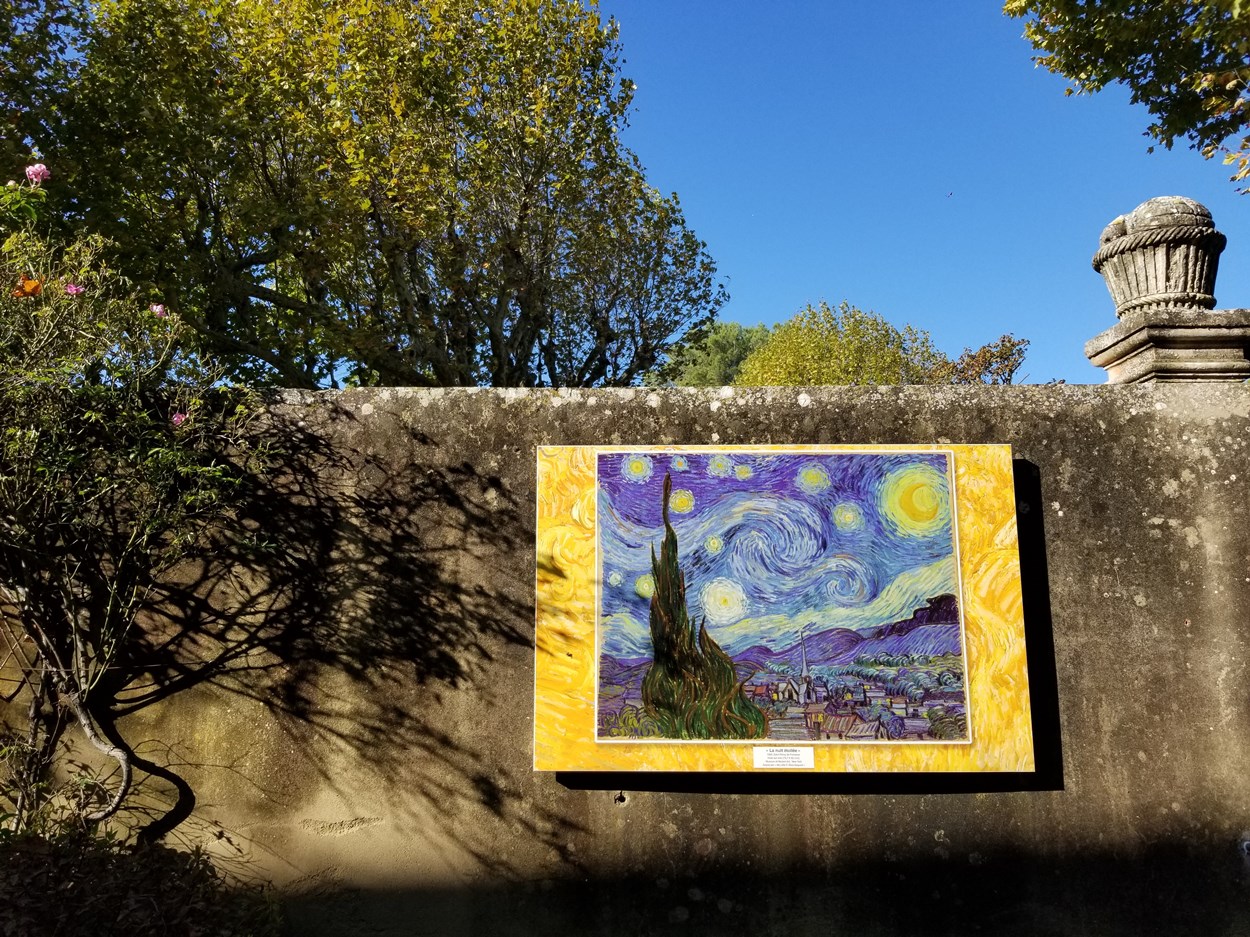
Settle into a chair outdoors at Café Terrace, linger over a meal, a coffee, or a drink, and revel in being surrounded by Van Gogh’s inspiration. Both the exterior and interior of the café have been maintained to look as closely as possible to the way they did in 1888 when Van Gogh would hang out there with his artist friends.
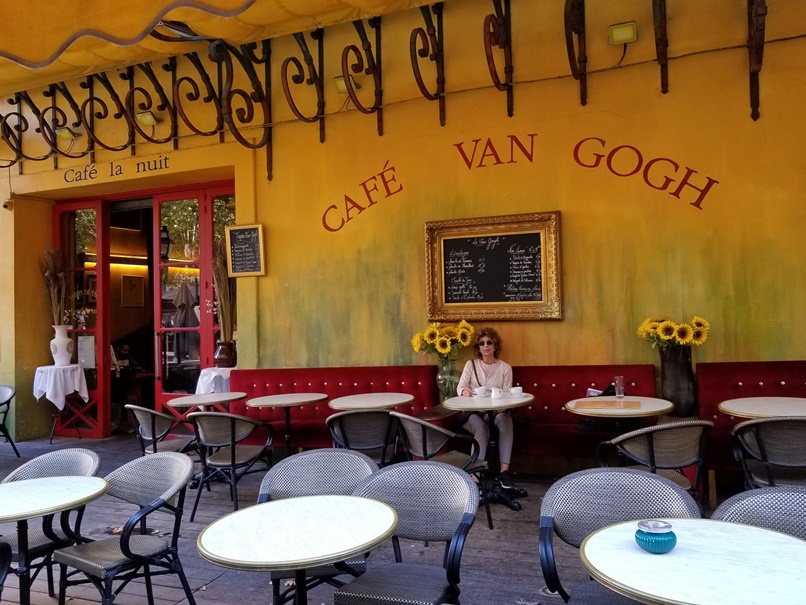
For a complete contrast in art and architectural style from the Romans and Impressionists, don’t miss Frank Gehry’s 2019 aluminum clad Luma Arles Tower, which was constructed using 11,000 blocks of stainless steel. It commands a site formerly occupied by 19th-century railroad workshops.
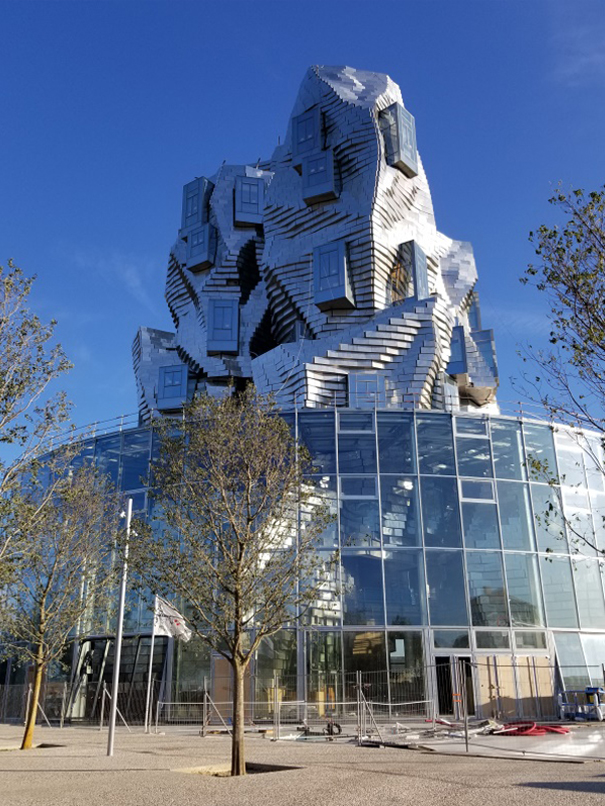
The Luma is planned to be an experimental art center where artists, architects, sculptors, and creators from diverse fields collaborate on multifaceted, interdisciplinary projects. As always, Gehry is never shy of taking his designs into another stratosphere, which makes his work so exhilarating. Some love it, some hate it, and most are awed and fascinated.
Disclosure: the photo of Place de la Republique and the Photo of red roofed houses were not taken by me.
